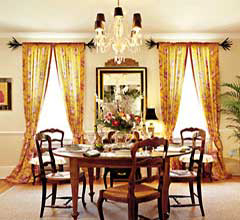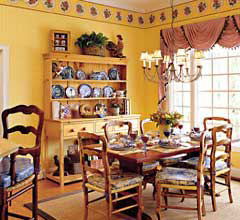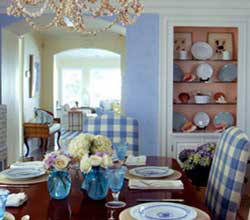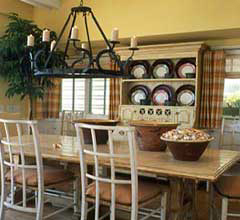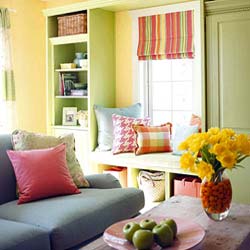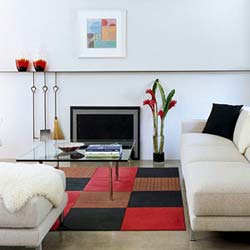 Although you can strip almost any wire or cable with nothing more than a craft knife, for safety reasons it is better to use a wire stripper. If you plan to do home improvements or your own home repairs, a wire stripper is affordable and easy to use, and they produce results that are reliable and safe.
Although you can strip almost any wire or cable with nothing more than a craft knife, for safety reasons it is better to use a wire stripper. If you plan to do home improvements or your own home repairs, a wire stripper is affordable and easy to use, and they produce results that are reliable and safe.Stripping electrical cords
To remove the outer plastic sheath it takes a sharp blade, a steady hand and concentration to control the depth of the cut precisely. The one thing that you want to avoid is cutting into the cables inside the cord
To remove the outer plastic sheath it takes a sharp blade, a steady hand and concentration to control the depth of the cut precisely. The one thing that you want to avoid is cutting into the cables inside the cord

The live wire (brown) has been nicked and is no longer safe.
1. Use a craft knife to score a circle around the outer cable, but don’t cut all the way through the plastic. This technique may look dangerous, but it’s safe as long as you apply very light pressure with the knife and keep your thumb on the opposite side of the cord.
TOP RIGHT: Carefully guide the knife around the cable until you reach your starting point. Bend the cable backwards and forwards at the scored line to break the plastic covering. NOTE: Always inspect the insulation on the wires underneath to make sure the blade didn’t nick them. If you see a cut in the wires, start again.
Note: The Yellow/Green wire (Earth) needs to be slightly longer than the blue (Neutral) and Brown (Live) wires, in order to reach the top terminal. It is better to have the cables slightly longer than necessary and cut them to the correct length than try to stretch cables to make them reach the terminals.
TOP RIGHT: Carefully guide the knife around the cable until you reach your starting point. Bend the cable backwards and forwards at the scored line to break the plastic covering. NOTE: Always inspect the insulation on the wires underneath to make sure the blade didn’t nick them. If you see a cut in the wires, start again.
Note: The Yellow/Green wire (Earth) needs to be slightly longer than the blue (Neutral) and Brown (Live) wires, in order to reach the top terminal. It is better to have the cables slightly longer than necessary and cut them to the correct length than try to stretch cables to make them reach the terminals.

2. Use wire strippers to remove the outer plastic coating on the wires. Insert each wire into the stripper to an approximate depth of 20mm. Then hold the wire with one hand while you squeeze the stripper to remove the insulation.
Wiring a plug
While most appliances are supplied with a fitted plug, on older appliances, or where plugs are damaged, you may need to know how to wire a plug.
Wiring a plug
While most appliances are supplied with a fitted plug, on older appliances, or where plugs are damaged, you may need to know how to wire a plug.

Inside the plug are three terminals:
Earth : This is where the green and yellow wire goes - however, double insulated appliances do not have an earth wire
Live : The brown wire goes to the live terminal, which is on the right of the plug
Neutral : The blue wire connects to the neutral terminal on the left of the plug.
1. Once you have cut the cables to the right length, and removed the insulation, twist the end of each cable. This ensures that there are no loose copper wires.
Earth : This is where the green and yellow wire goes - however, double insulated appliances do not have an earth wire
Live : The brown wire goes to the live terminal, which is on the right of the plug
Neutral : The blue wire connects to the neutral terminal on the left of the plug.
1. Once you have cut the cables to the right length, and removed the insulation, twist the end of each cable. This ensures that there are no loose copper wires.

2. Thread the cable through the wire grip, and then thread each individual wire to the correct terminal. Tighten the terminal screws and the cord grip screw. Don't over tighten as you may strip the screw thread, but it needs to be tight enough that by pulling on the cable it will not come out of the terminal.
3. Position the cables within the plug so that they are not over - or too close - to where the screws or clip will go to hold the two parts of the plug together.
3. Position the cables within the plug so that they are not over - or too close - to where the screws or clip will go to hold the two parts of the plug together.
Article courtesy of: www.home-dzine.co.za









